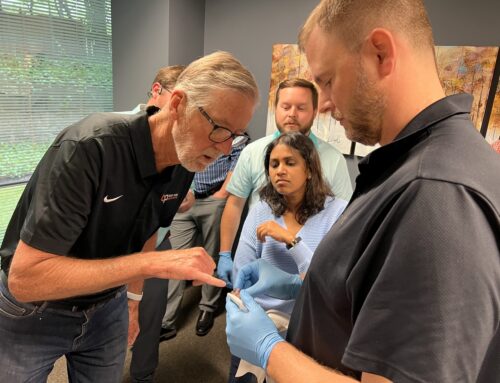We understand how successful treatment of obstructive sleep apnea (OSA) can be. However, we need to pay attention to the potential side effects from long-term oral appliance use. If we are aware of these side effects, we can help educate our patients and prevent them from occurring and interrupting care.
What do we do as dentists to help?
I have read several studies that looked at the predictors of dental changes associated with long-term treatment with oral appliances in patients with OSA. From these studies I have found that yes, long-term use can lead to dental complications if we do not educate our patients.
Before you fit your patient for an oral appliance, ask them if they are willing to take at least two-minutes out of their morning to perform exercises. That’s all it takes. Just two minutes (maybe even less) a day to prevent further complications. And, of course, if they do notice any shifts in their teeth, it is important for them to keep you up-to-date. You can provide an adjustment to their treatment or offer other solutions to improve this change.
When you are fitting your patients for their oral appliance, let them know that it is important to perform daily exercises after removal of the device. By performing jaw exercises, it can help prevent the patient’s mouth from becoming stiff or sore. It can also help to prevent lock-jaw and other complications.
It is our duty as dentists to take care of our patients and that means proper education for daily exercises after removing the oral appliance each morning.
What are you doing to help your patients through the oral appliance process? Are you having them perform exercises? If so, what kind? I am interested in learning what everyone is doing to help their patients each step of this journey.


